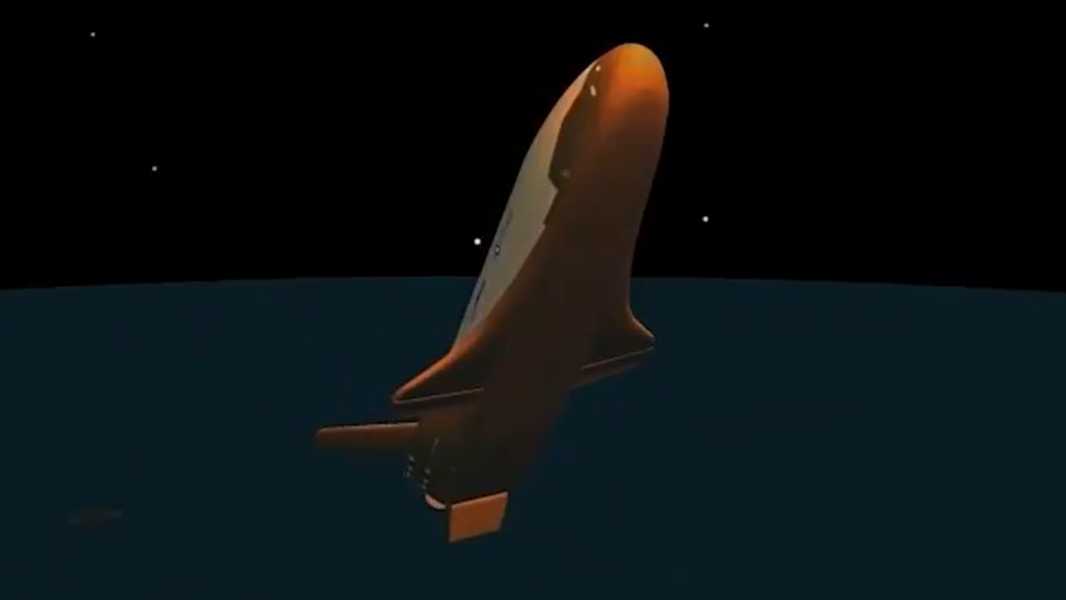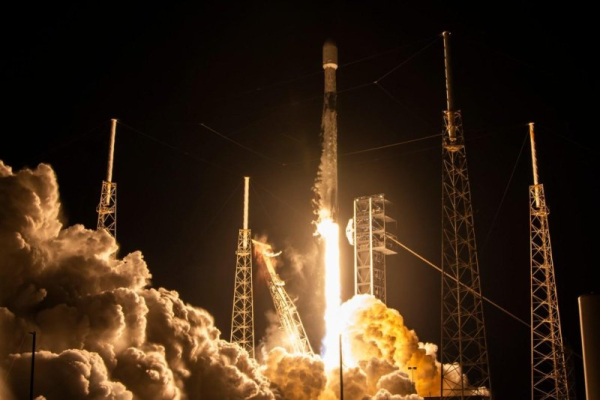
An artist's rendering of the X-37B performing an atmospheric braking maneuver using the Earth's atmospheric drag. (Image courtesy of Boeing Space)
The U.S. Space Force's X-37B Orbital Test Vehicle (OTV-7) has been flying undetected for more than a year.
The device performs aerodynamic maneuvers – a way to change its orbit around the Earth, and also safely disposes of the service module connected to it.
Launched in December 2023, the military spacecraft was placed into an orbit higher than any previous spacecraft, a highly elliptical orbit with a high altitude.
From this orbit, the U.S. Space Force, in collaboration with the Air Force Rapid Capabilities Office, conducted radiation exposure experiments and tested space awareness technologies.
X-37B/OTV-7 is also known as United States Space Force-52 (USSF-52). This spacecraft was launched on December 28, 2023.
The OTV-7 flight marked the first attempt by the U.S. Space Force and the X-37B to perform a dynamic aerobraking maneuver.
Minimum fuel consumption

An artist's rendering of the X-37B performing an aerobraking maneuver using the Earth's atmospheric drag.
In a statement released last year by Boeing, the X37B's developer “will perform innovative aerobraking maneuvers to move the dynamic spaceplane from one low-Earth orbit to another while conserving fuel. This new demonstration, conducted in collaboration with the U.S. Space Force, is the first of its kind.”
Aerobraking requires thermal spacecraft to perform a series of passes using the drag of the Earth's atmosphere. This technique allows spacecraft to change orbits using minimal fuel.
There is currently no information on whether the X-37B has completed its aerobraking maneuver.
If this is true, then the unmanned vehicle should have continued testing and experimenting until they were completed.
At that point, the ship will need to leave orbit and return safely to Earth, likely to the Kennedy Space Center shuttle runway.
Flight log
- OTV-1: launched on April 22, 2010 and landed on December 3, 2010, spending over 224 days in orbit.
- OTV-2: launched on March 5, 2011 and landed on June 16, 2012, spending more than 468 days in orbit.
- OTV-3: launched on December 11, 2012
Sourse: www.livescience.com





